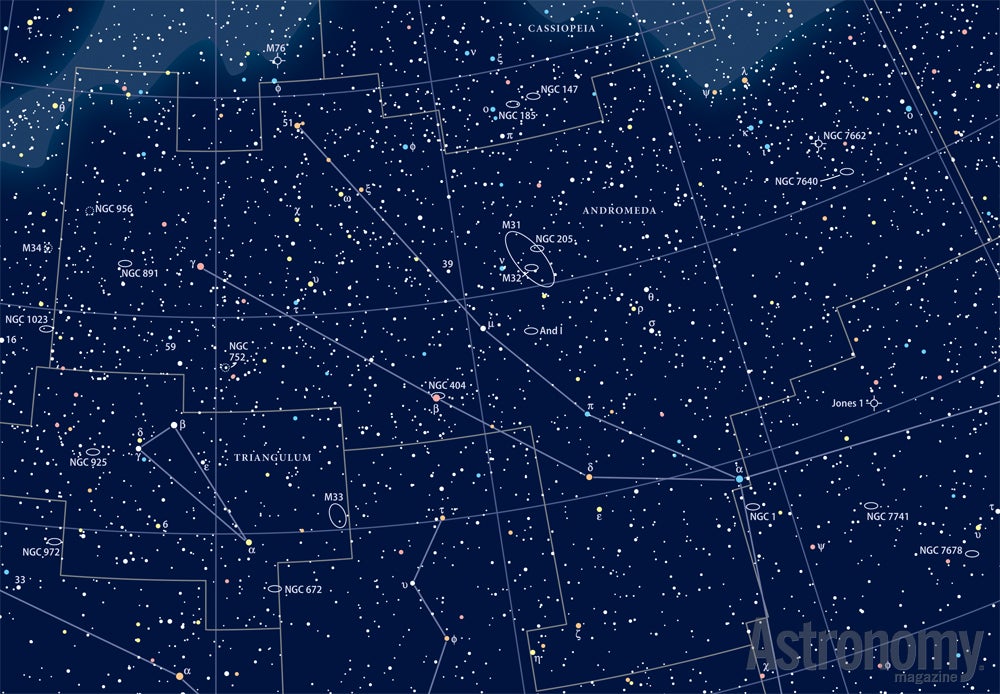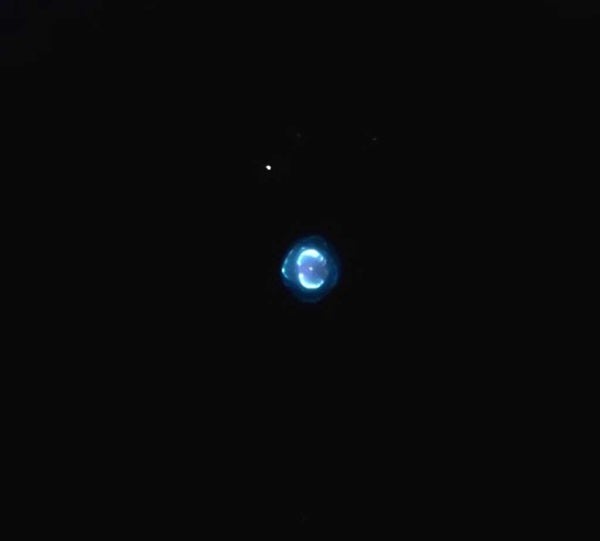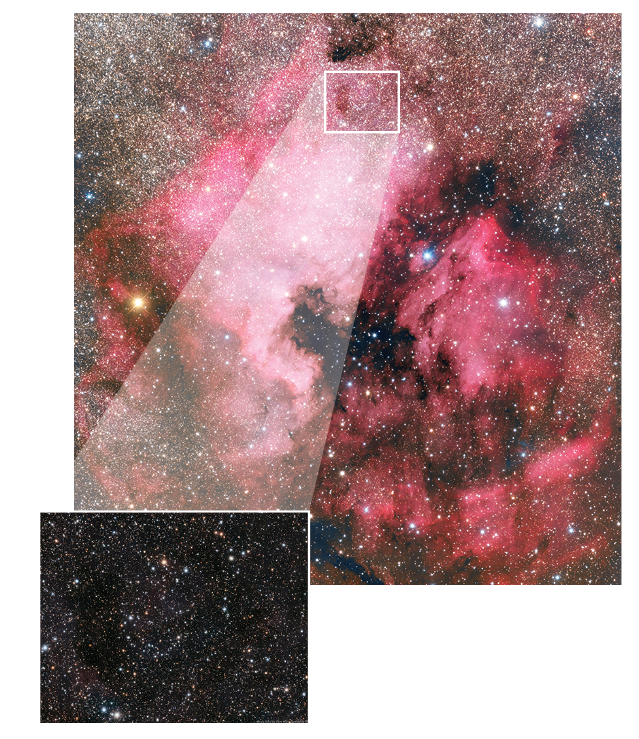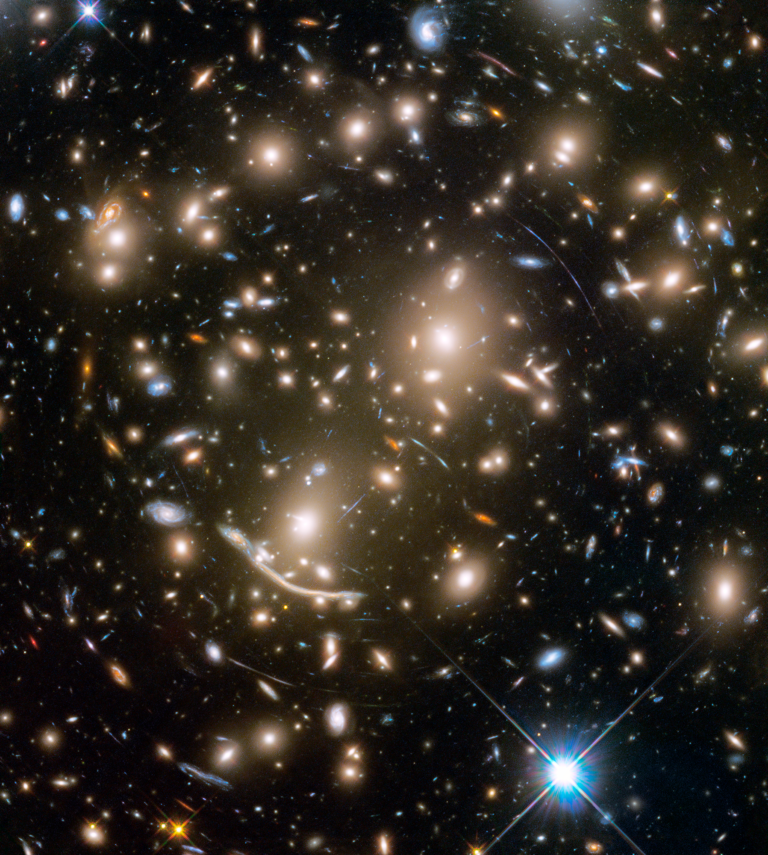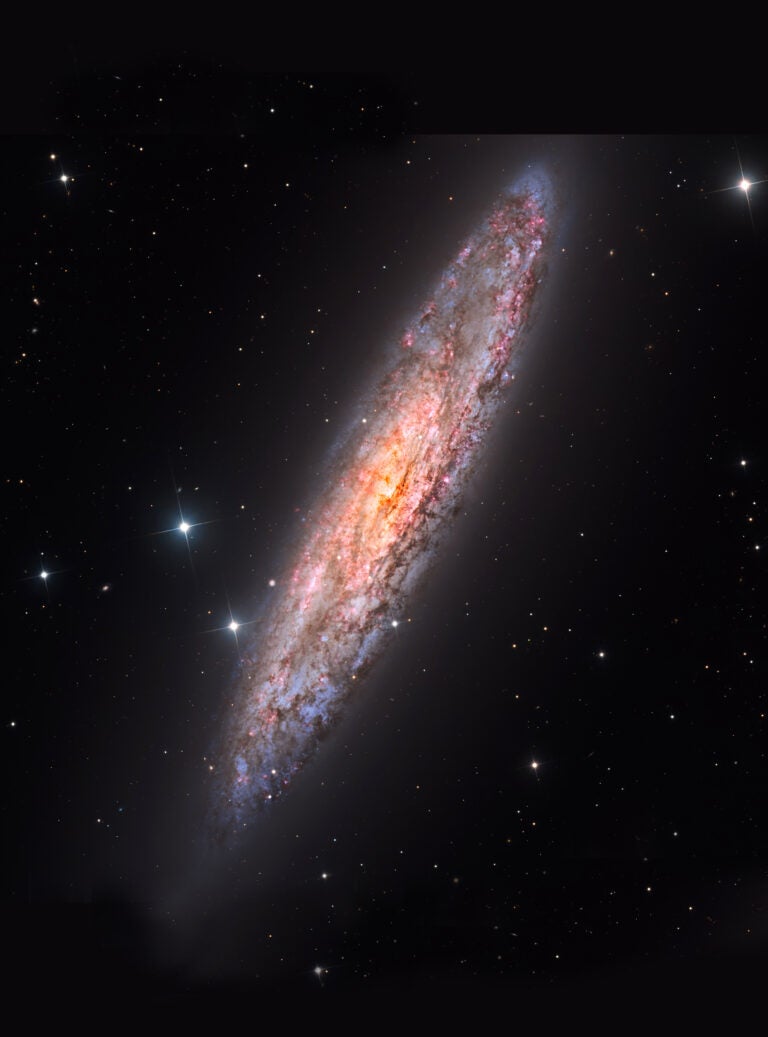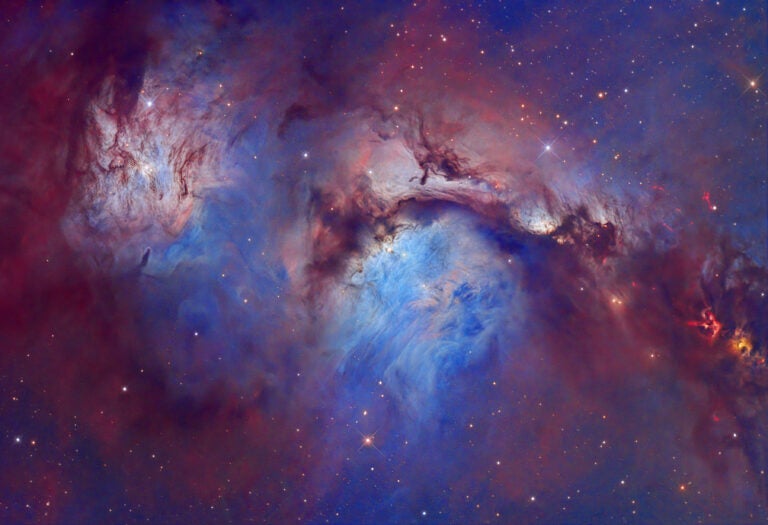“We know that voluminous galaxies grow by absorbing minor galaxies, and that vestiges of those fusions can be found in external regions of galaxies in the form of tails or streams of stars,” says Xuan Fang, researcher at IAA-CSIC in charge of the project. “The study of the chemical composition and the motion of these stars can yield valuable data about the formative history of the galaxy.”
“A little over a decade ago substructures were discovered on Andromeda which could be leftovers from its formative process and its interaction with other nearby galaxies. Since we are dealing with very weak substructures whose stars it is very difficult to study, we resort to observing planetary nebulae, which can be detected over a weak background,” says Rubén García Benito, researcher at IAA-CSIC involved in the study.
Planetary nebulae are stars similar to the Sun which, after burning up their fuel entirely, eject their outermost layers and keep a dense central nucleus, known as a white dwarf, surrounded by a fluorescent envelope. The research team studied seven nebulae situated in the “Northern Spur” and the “Giant Stream,” the two main substructures in Andromeda located at opposite ends of the galaxy, the latter rather distant from the galactic disk.
“Previous studies of the motion of planetary nebulae in these substructures had indicated that they might have a common origin. We wanted to check whether that was so by analyzing the chemical composition of nebulae,” says Fang (IAA-CSIC). Using the Gran Telescopio Canarias his team was able to confirm that nebulae do indeed present similar chemical abundances and similar motion.
“That leads us to the conclusion that both the ‘Northern Spur’ and the ‘Giant Stream’ may have a common origin very possibly linked to the interaction between Andromeda and M32, one of its satellite galaxies,” the researcher concludes.

